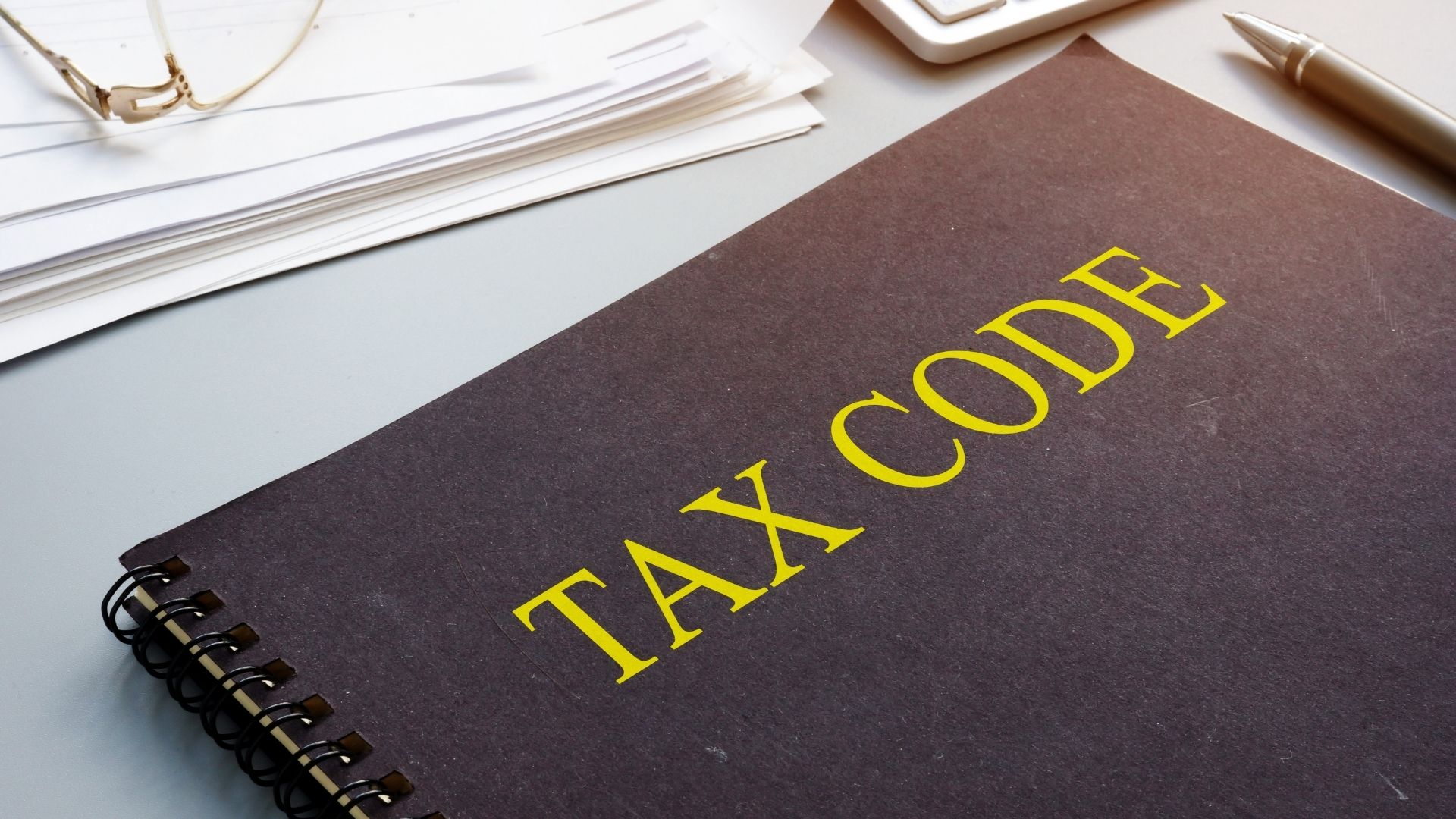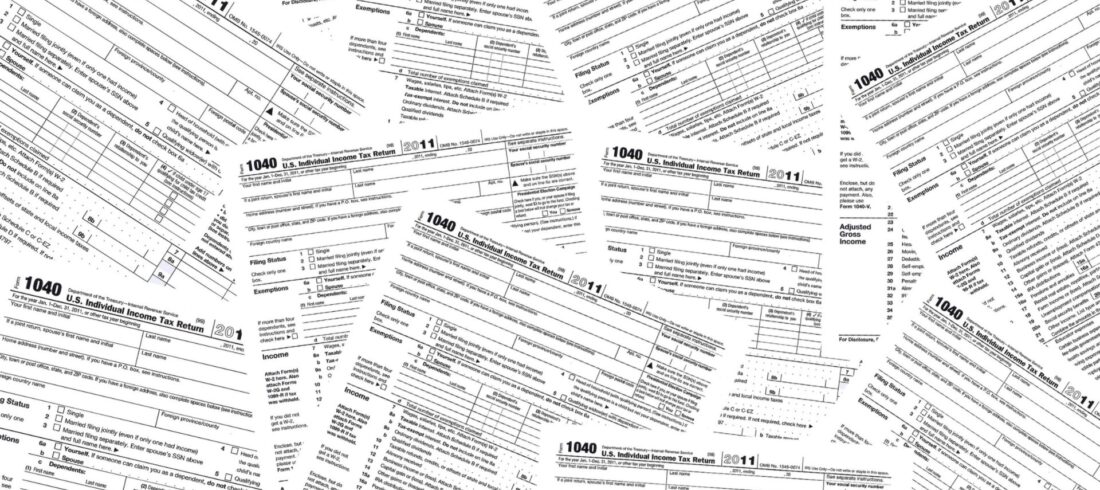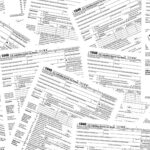In Part 1, I introduced Gary and Denise Allen, who sold all the assets of their moving and storage business for less than their original purchase price and expected to at least get a tax break as a consolation prize. Instead, their CPA handed them a tax return that said they had a net gain. To add insult to injury, most of the gains were treated as ordinary income rather than capital gains. How did this happen?
The Allens came to see me, because they were sure their CPA had made a mistake, and they wanted a second opinion. I could tell the Allens were ready to walk out and get a third opinion after I told them their CPA had not made a mistake.
“Hang on just a minute, let me explain,” I said. “Let’s take this dolly as an example.” I flipped to the sales and depreciation schedules at the back of the tax return. “Looks like you sold the dolly for $100 in 2005. And you bought it in 2004 for $230.”
“Right.”
“OK, if you’d never written off the price of the dolly, you would have had a loss of $130 in 2005 when you sold it, because your basis of $230 was $130 less than the sales price of $100. But look. You used the section 179 election that allows you to write off the entire cost of an asset the first year. That brought your adjusted basis in the dolly down to zero.”
“Our adjusted basis?”
“Your basis in an asset is used to calculate your gain or loss when you sell the asset. Back in 2004 when you first bought the dolly, your basis in it was $230, the price you paid for it. But you have to adjust the basis as you write off the cost by taking depreciation deductions or by writing it off under section 179.”
“OK,” said Denise. “I think I see what you’re saying.”
Gary still looked doubtful.
“See honey,” said Denise, pointing to the ending adjusted basis column of the depreciation schedule, “since we used up the basis by writing off the dolly in 2004, the only way we’d have had a loss on when we got rid of it would be if we paid someone to take it off our hands.”
“So we had a $100 capital gain on the dolly?” said Gary.
Unfortunately, I had more bad news for the Allens. The assets they sold fit the definition of a capital asset. The forklift, vans, dollies, and warehouse were all assets that last for more than one year, and instead of being deducted as ordinary business expenses, amounts paid for the assets had been capitalized. But, for reasons I’ll go into next time, the Tax Code does not include them in its definition of capital assets. To understand why, you have to look at some legislative history.













